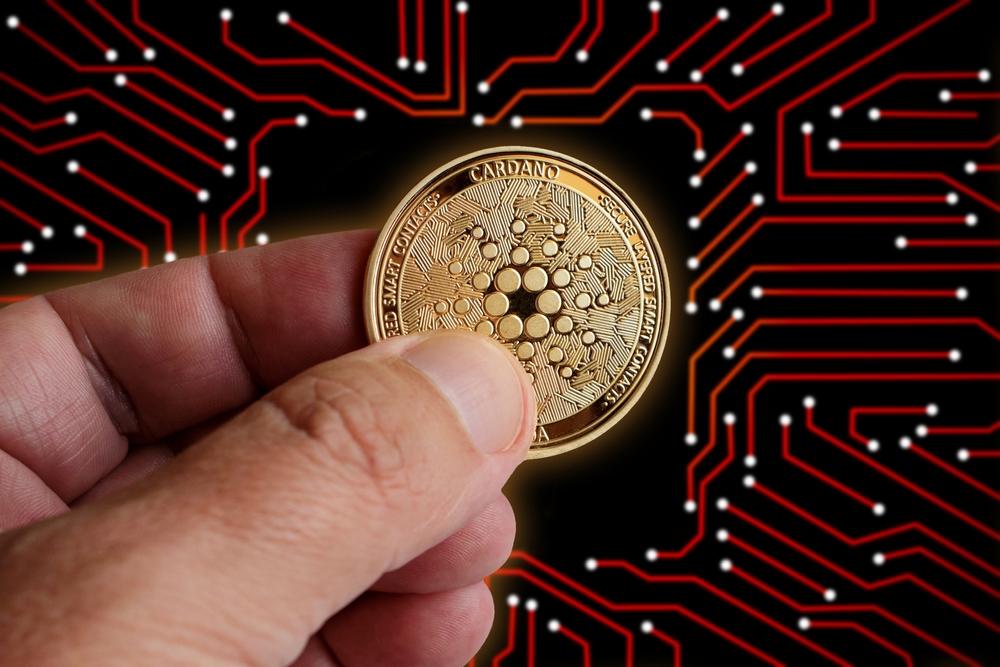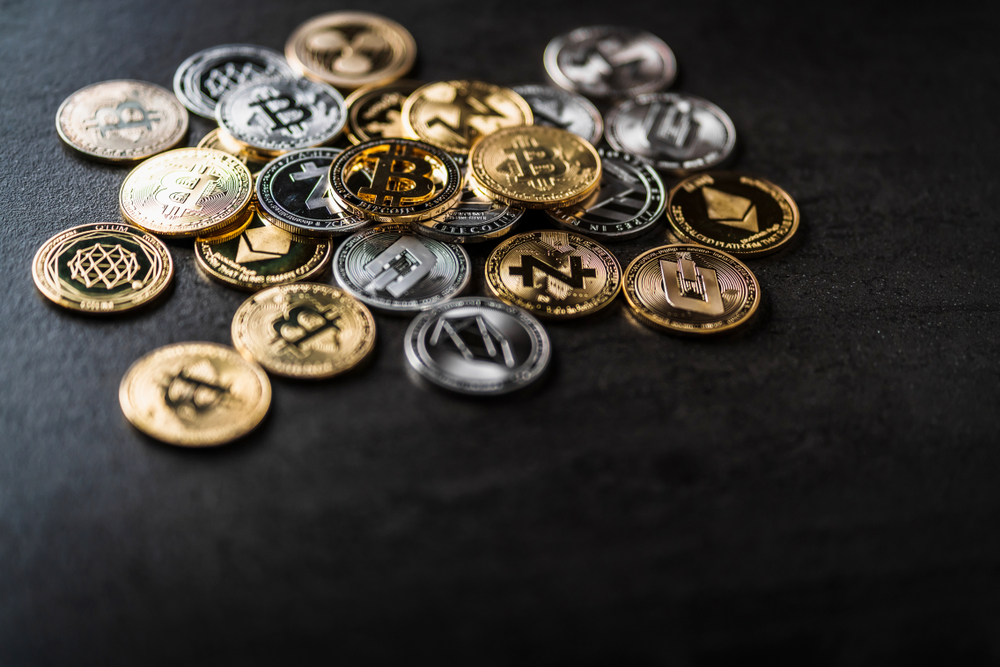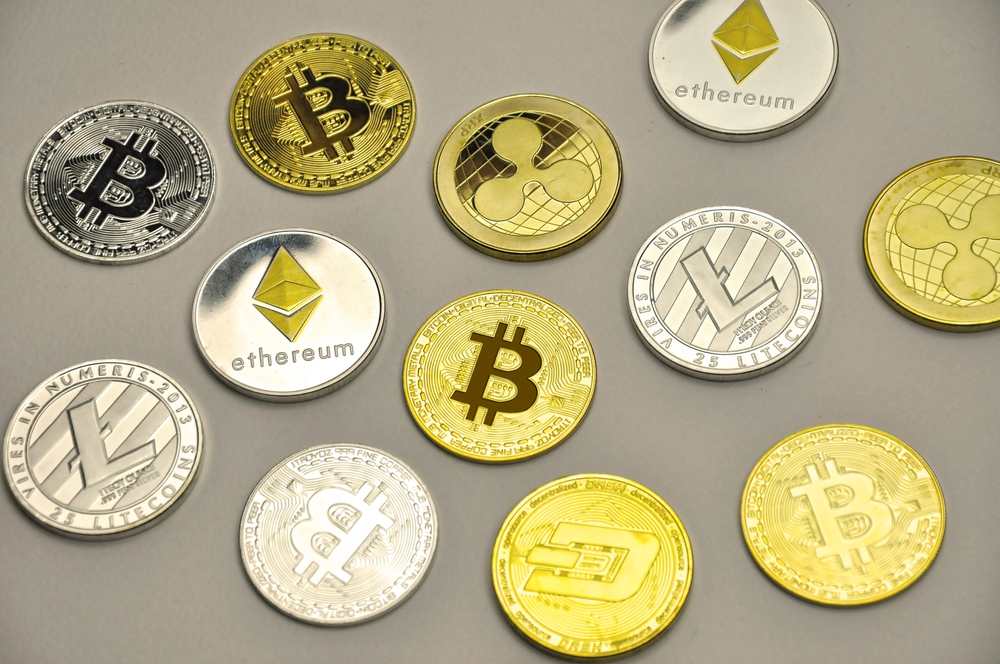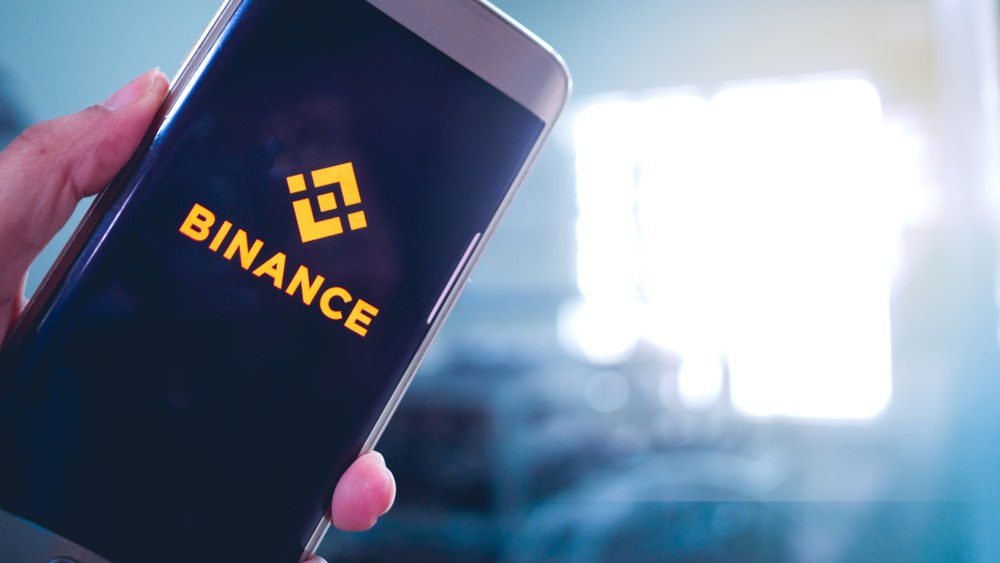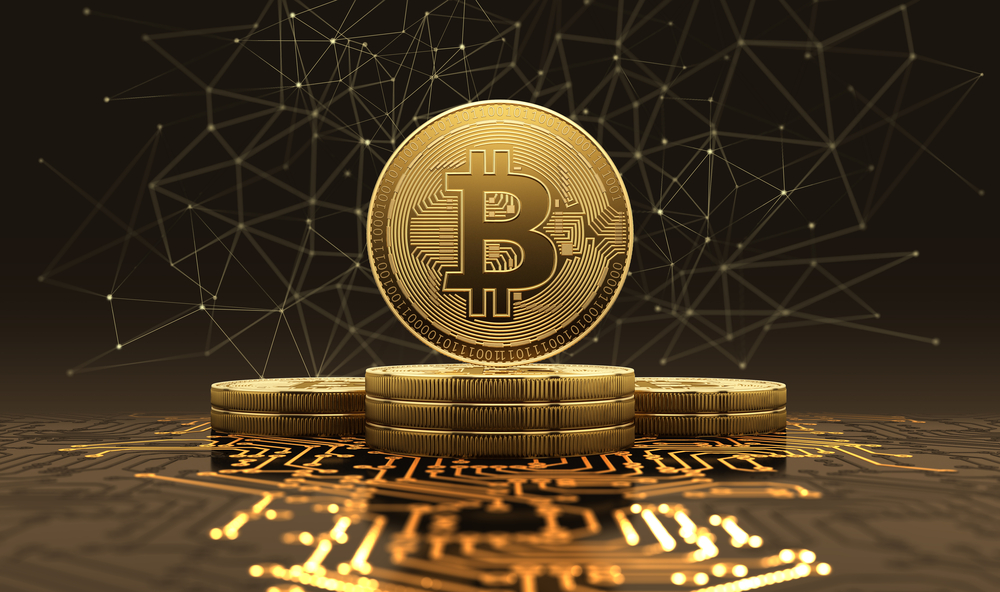Cardano (ADA) is the native token of the Cardano blockchain and is used as a medium of value exchange on the blockchain. Cardano was developed to work seamlessly with the ETH blockchain. Cardano was created by Charles Hoskinson, a co-founder of the Ethereum blockchain. The key purpose of Cardano is to ensure multi-ledger operability and implementation of smart contracts.
Whenever an investor decides to invest in a blockchain project, they have to choose from thousands of blockchain projects, both newly launched and old, from the cryptocurrency market. Making this choice is often a difficult task for an investor with no experience in investing in the blockchain market.
Cardano (ADA) is termed one of the most popular and rapidly growing blockchain networks around the globe. This is because it has successfully attracted lots of investors and has provided better functionality to justify its popularity and value.
In this guide, we’ll take a look at Cardano and how it is powered by its unique technology, which makes it so attractive and a good tool for investment in the long run.
Introduction to Cardano (ADA)
Cardano was created as an alternative to the Ethereum blockchain. It is also the first blockchain to use a peer-reviewed blockchain to ensure the use of a scientific approach for the resolution of blockchain problems.
The key purpose of the Cardano blockchain is to process and confirm more transactions within a short period and at lower costs. Moreover, they have implemented distributed ledger technology to keep the data of their investors and traders perfectly safe, just like any other blockchain.
Smart contracts are also used to ensure the functionality of the Cardano blockchain.
With the help of the Cardano blockchain, you can easily send and receive cryptocurrency, create smart contracts, and use the functions of the blockchain in decentralized applications.
ADA is the native token of the Cardano blockchain and is used as a store of value on the blockchain. It can be used to transfer value between different individuals on the Cardano blockchain. However, ADA differs from other cryptocurrencies in its functionality. The token is used in staking to ensure the security of the whole blockchain.
Traders and investors can stake ADA tokens on the blockchain and use them to verify new transactions on the network.
Users who are active on the Cardano blockchain and perform certain activities are also rewarded for their participation.
For example, ADA holders can use their tokens to take part in the voting process on the blockchain whenever new changes are expected to be introduced to the network. These tokens can also be used to create and uphold smart contracts, which can be used to execute specific tasks on the Cardano blockchain.
Cardano vs. Bitcoin vs. Ethereum
While Cardano contains the functionalities of both Bitcoin and Ethereum, it contains some additional features which make it compliant with the third generation of blockchain and helps it in overcoming the limitations of BTC and ETH.
Being peer-reviewed means that Cardano works in scientific philosophy and scientific evidence. Every change made on the Cardano blockchain has to be reviewed and approved by this approach after being developed and publicly announced in the Cardano community. Upon approval, the changes are then implemented on the network.
In reality, Cardano was conceptualized even when Ethereum was in its early stage. Every limitation found in the first version of Ethereum is covered by Cardano. However, the Ethereum network is also working to resolve its issues by introducing Ethereum 2.0 to the public. So, the past limitations of the original Ethereum network are now gone.
How Secure is Cardano?
The two-layered architecture of the Cardano blockchain ensures world-class security, which is unmatched by any other blockchain network. ADA tokens are used to handle all the transactions happening in the Settlement Layer (CSL), and the transaction fees are kept to a minimum as well. Beneath the Settlement Layer lies the Computation Layer (CCL).
This layer contains and executes all the smart contracts on the Cardano network. This layer enables developers to create decentralized applications by using the features provided by the Cardano network. Moreover, the same layer takes care of the security and implementation of new features for the developers of the project.
PoS Consensus Algorithm
Some of the biggest cryptocurrencies, like Bitcoin and Ethereum, still use the Proof of Work (PoW) consensus algorithm. Since this algorithm is energy-intensive, it uses lots of electricity in its operations to ensure the smooth functioning of the blockchains. This makes verifying transactions a lot more difficult for miners and increases the transaction fees considerably as well.
Cardano uses the Proof of Stake (PoS) consensus algorithm. This algorithm is very energy efficient and ensures the fastest transactions and the lowest transaction fees. After acknowledging the superiority of the Proof of Stake consensus algorithm over PoW, projects like Ethereum are now also switching to the PoS model. This is why ETH 2.0 is being launched.
Scalability
With older blockchains like Bitcoin and Ethereum, only a few transactions can be processed per second. This keeps the older blockchains from scaling themselves according to the increasing transactions with time.
This problem was resolved by Cardano with the release of their Ouroboros protocol. The protocol uses the energy-efficient PoS model to help increase transaction speed and to maximize the chances of active users getting rewarded for their activity on the blockchain.
The Ouroboros protocol ensures easy connectivity between the layers, helps choose validators through a secure and randomized process, and ensures fair voting on the network before any new features can be approved for implementation on the Cardano blockchain. These features make the Cardano blockchain an easily scalable network.
Ouroboros Protocol
Whenever a cryptocurrency uses the Proof of Stake algorithm, users on the blockchain have to stake their tokens to validate new transactions and create new blocks on the blockchain.
The Ouroboros Protocol is a bit different from the conventional PoS algorithms. The whole protocol is divided into epochs, periods, and slots. Slot leaders add new blocks to the blockchain and are randomly selected by stakeholders of the network.
To keep the whole process smooth, a slight leader is required to create over 50% of the blocks within one epoch. After their creation, input indoors verifies the blocks, which are then added to the blockchain. Input indorsers are also randomly chosen with the help of stakes.
Each epoch is capable of processing an infinite number of transactions. After an epoch has been successfully mined, participants are rewarded for their contribution to the network.
To mine a block, a user must contain at least 2% stakes of the Cardano network. There are nodes with more than this percentage, and they have a far greater chance of getting selected as validators for new blocks.
The selection criteria of slot leaders are made unbiased with the help of MPC (multi-party computation). This is just like tossing a coin and choosing the winner every time.
Use Cases of Cardano
Conventional cryptocurrencies suffer from issues like bad governance, manual workflow, fraud, high costs, and even data theft. The key purpose of Cardano is to eliminate all these issues and to provide a great alternative to cryptocurrencies like Ethereum, which are limited in their functionality and have high transaction fees as well.
Since Cardano can be openly used by anyone to create smart contracts and use them in decentralized applications, it has great functionality and potential across multiple industries. The industries which can benefit the most from Cardano are healthcare, retail, government, agriculture, finance, and a few others.
Healthcare
Cardano can be used in the healthcare sector to make the verification of the origin of medicines and other medical products easier and decentralized. This can help ensure the safety of patients around the globe by keeping them away from fake medical products.
Retail
In the retail sector, Cardano can be used to help verify the authenticity of original fashion products. By doing this, users can easily verify the legitimacy of the products they are buying and learn more about their sourcing.
By introducing Cardano in the retail sector, retailers can effectively minimize or even end the use of counterfeit products.
Agriculture
Agricultural products can also be scanned by using specific protocols developed within the Cardano blockchain. This helps verify the origin of new products and can help certify products and trace their ingredients at later stages.
Education
The educational sector can also benefit a lot from the Cardano network. Specific protocols can be used to verify educational credentials and to keep them safe in the long run.
Since the credentials cannot tamper with once they get secured on the blockchain, educational institutions, as well as employers, can easily verify them whenever they have to take a look at the credentials of a potential candidate.
Government
Government authorities can also use the Cardano blockchain system for automated credential issuance without the need to involve any third parties. The same credentials can also be easily verified by using the Cardano blockchain. This benefits the government and people by decreasing or even eliminating their reliance on related institutions.
Finance and Digital ID
By registering the identities of people in unbanked countries around the globe, they can be provided with easy banking solutions through blockchain technology. The Cardano team is also working with many countries to provide them with a secure identity system and to help them establish decentralized finance as well.
ADA can be used to transfer value between different users on the Cardano blockchain. The token can also be used for voting whenever new changes are to be introduced to the network. The tokens are used in the staking process as well and help verify new transactions on the Cardano blockchain. Stakers get ADA tokens as a reward for participating in the staking process.
Decentralized Finance (DeFi)
Since the Cardano blockchain can be used to create smart contracts, the contracts can then be used to create and operate decentralized finance apps. In every application which is developed with the help of ADA as its base, the token will be used as the base currency.
This helps the tokens provide liquidity in decentralized finance applications. These tokens can be bought or sold and can be used to buy NFTs. Users can even get loans by locking up their ADA tokens.
Benefits of Cardano
Let’s take a look at the biggest advantages of investing in the Cardano network.
One of the biggest advantages of the Cardano Network is that it is environmentally friendly. It uses the Proof of Stake consensus algorithm, which is far more energy efficient as compared to the Proof of Work algorithm used by Bitcoin and many other popular cryptocurrencies.
PoW algorithm uses lots of electricity to confirm new transactions and create new blocks of the cryptocurrency.
On the other hand, PoS uses little to no energy and, with the help of its energy-efficient features, can easily verify transactions and create new blocks of the cryptocurrency. This is what makes Cardano one of the most environmentally friendly cryptocurrencies on the planet.
Currently, the Cardano network can process up to 250 transactions per second. This is already a lot faster than many other cryptocurrencies. The network is expected to expand shortly, and its ability to process lots of transactions per second will increase even further.
For reference, the transaction per second rate for Bitcoin sits at around 4.6 transactions per second and around 15 transactions per second for Ethereum.
In addition to the rapid transaction speed, Cardano transactions are also very cheap. They are almost ten times cheaper as compared to Ethereum, and that is a lot of money saved for anyone who makes multiple transactions.
The ability of Cardano to process multiple transactions within a single second and with minimum transaction fees makes it infinitely scalable. However, as Ethereum 2.0 is being launched, its ability to process more transactions and cost less per transaction will also enhance in the future.
Whenever new features are to be introduced in the Cardano blockchain, its team gets in touch with a verified team of academics to launch only peer-reviewed and thoroughly researched features.
Being peer-reviewed makes the Cardano blockchain sustainable in the long run and will further help it grow faster as compared to its alternatives in the market.
Drawbacks of Cardano
Just like with any other cryptocurrency, Cardano has its drawbacks as well. Let’s take a brief look at some of the most prominent drawbacks of the Cardano blockchain.
One of the most prominent drawbacks of investing in the Cardano blockchain is that it is still under development. Many new features are being introduced to the blockchain, and the progress is slow yet steady.
However, Ethereum is also understanding the significance of faster and cheaper transactions and is implementing the PoS algorithm with the launch of Ethereum 2.0. This is one of the biggest risks of Ethereum to Cardano.
Another big drawback of the Cardano blockchain is that only a few developers are showing interest in it so far. It is one of the slowest-growing developer ecosystems in the whole blockchain market. Even cryptocurrencies with smaller market capitalization than Cardano have attracted more developers and are progressing way faster.
One of the main reasons why only a few developers are showing interest in the Cardano blockchain is because of Haskell, which is a very complex programming language and is used in the creation of Cardano.
There’s also a glitch in the Cardano blockchain which might cause an investor to double spend for the same transaction. Double spending happens when the transaction endorses approval of the same transaction two times. Slot leaders from different networks might approve the same transaction two times from different locations at the same time. This causes the investor to double-spend.
Although the Cardano developers are trying their best to resolve the issue, it is still far from being resolved, and the risk of double spending is still there.
Is It Worth Investing in Cardano?
Whenever the price of any digital asset is determined, various factors are considered. For example, if an investor is analyzing the ADA token and seeing whether they should invest in it or not, there are various factors they should consider before making the final decision.
Since there’s a hard cap on the total number of Cardano tokens to be ever generated, the cryptocurrency is effective against inflation. If fact, as the demand for ADA tokens keeps rising in the future, their value should keep increasing.
Since Cardano is decentralized, it is a perfectly secure investment. Also, the layered architecture of the Cardano blockchain helps ensure easy scalability in the future.
By keeping everything in view, we can conclude that Cardano is a perfect cryptocurrency for investment, as well as for scalability and development of DeFi applications.







